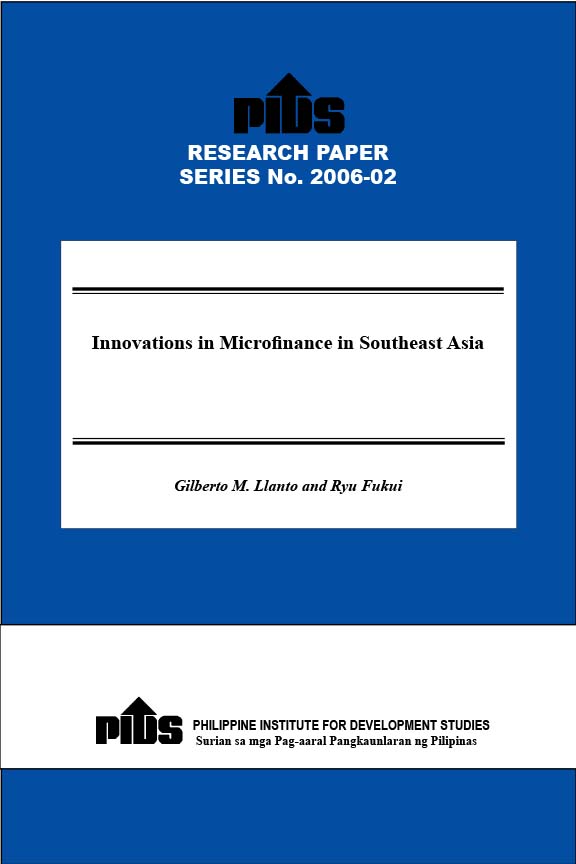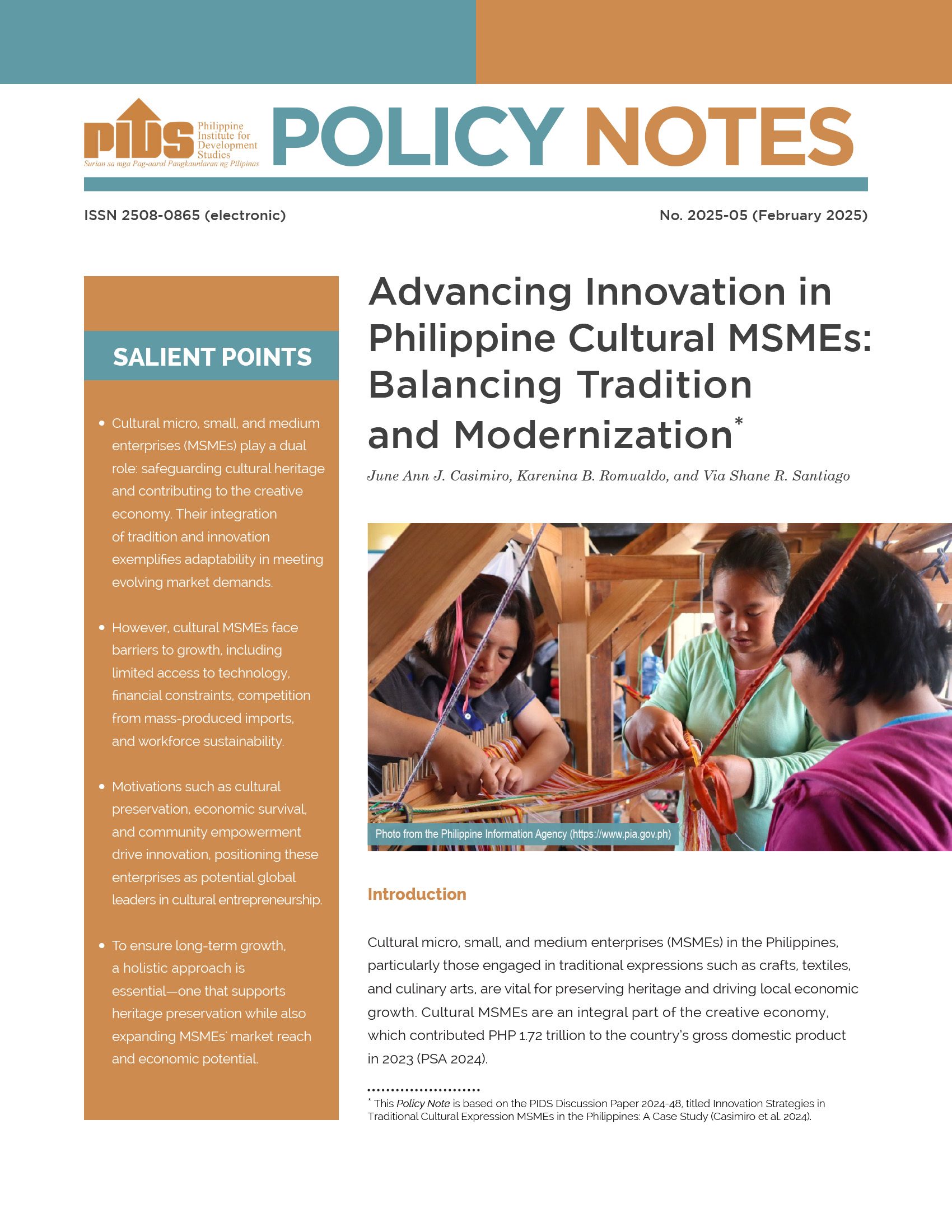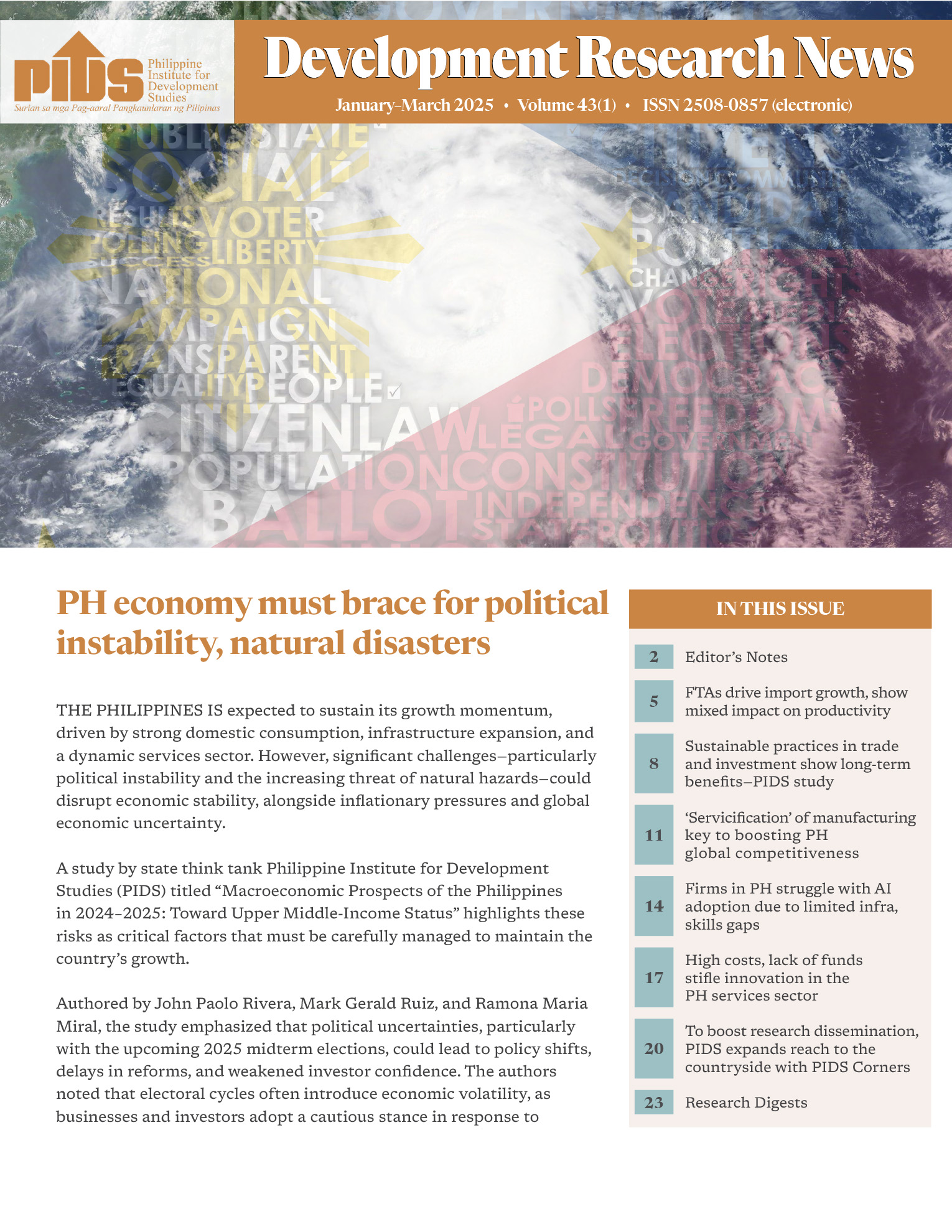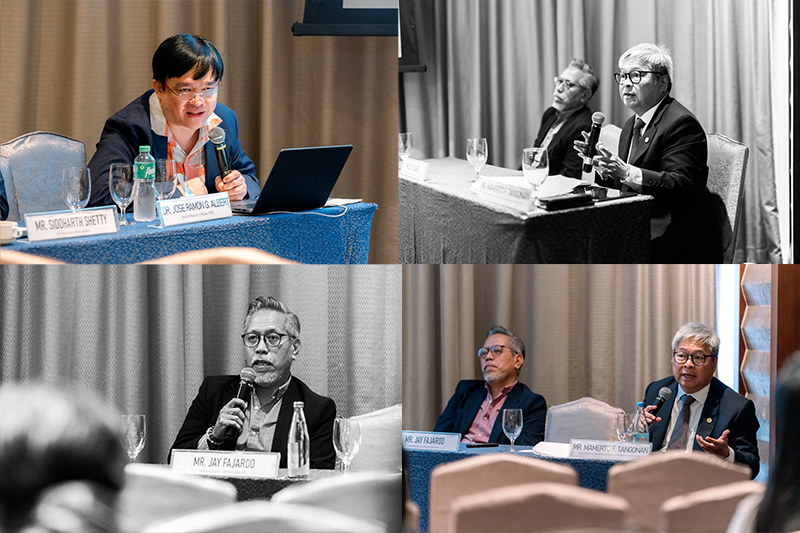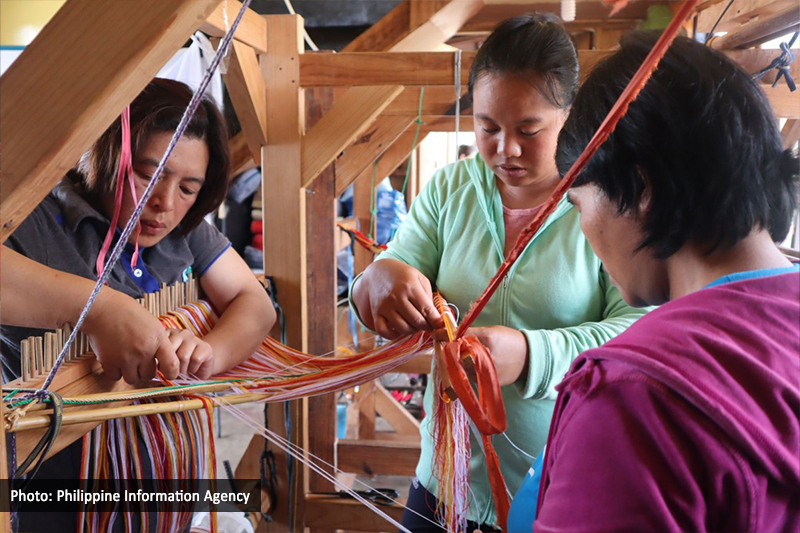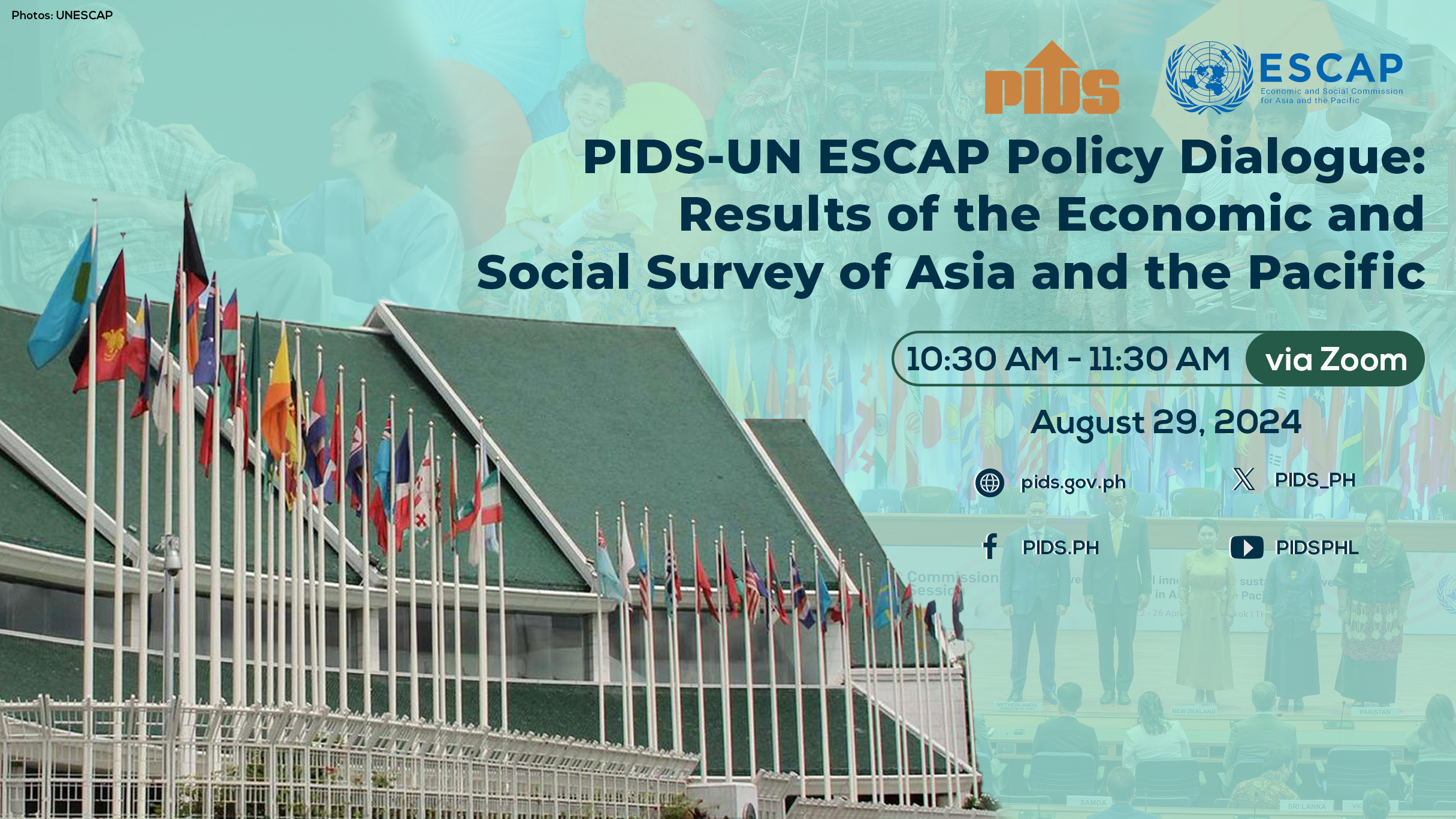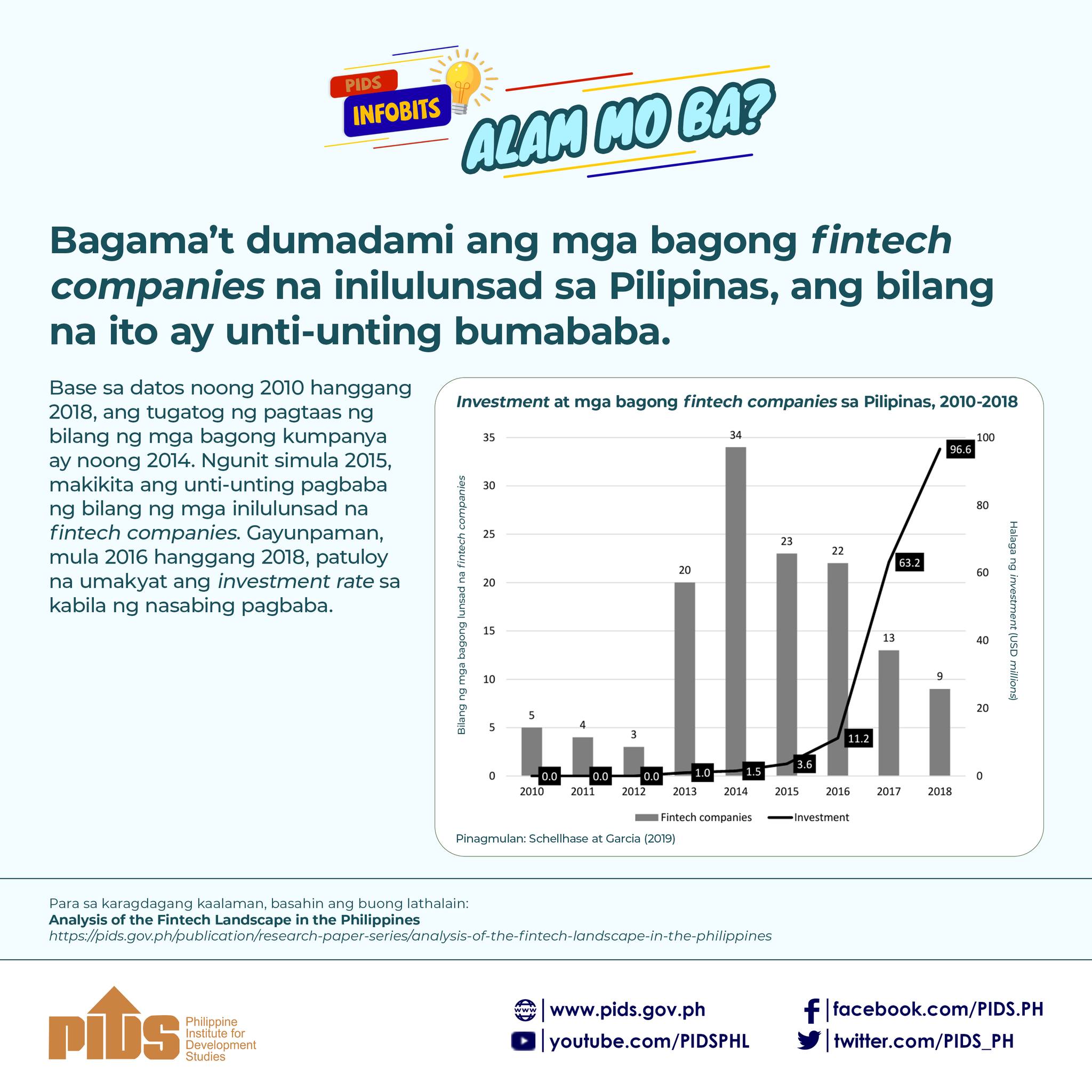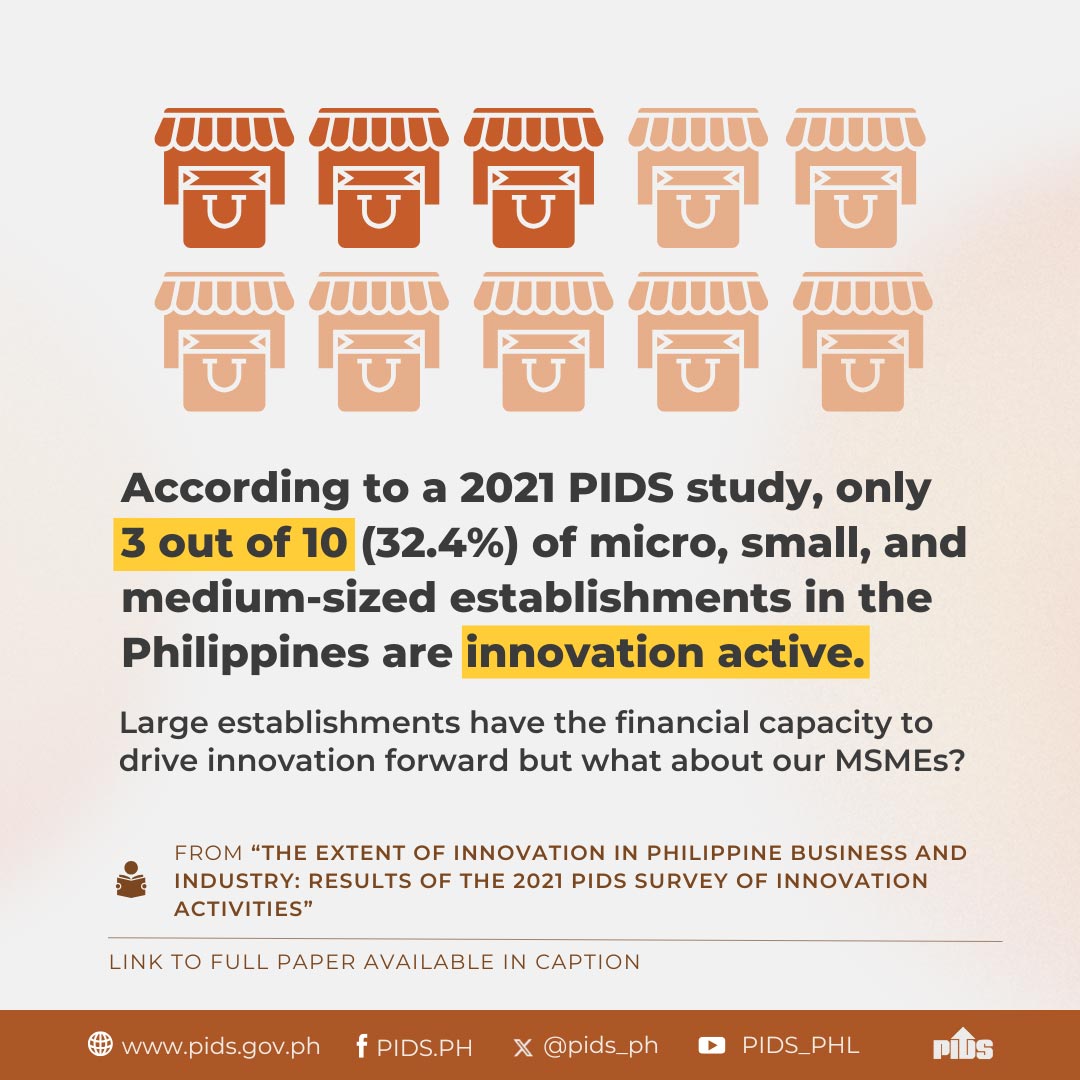This paper describes some emerging innovations in microfinance observed in Southeast Asian microfinance markets that enable microfinance institutions (MFIs) to reach a greater number of poor households on a sustainable basis. It discusses the nature, importance, and types of innovations. Innovations help reduce MFI's transaction costs and risks. They also make it possible for poor households to satisfy their investment and consumption smoothing requirements. The paper also draws some lessons from the experience with innovations and makes a case for government's important role in ensuring the proper functioning of markets. It points out government's pivotal role in system innovation because of the likelihood of its under or slow production by the private sector.

